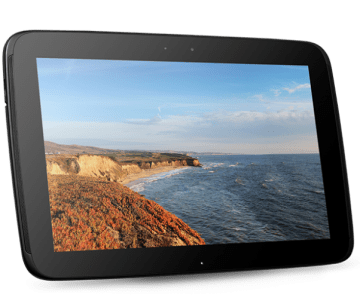Measuring and conserving energy
Students calculate energy use and examine how electricity is used at home.
- Grade 9
- 2 activities
- 1.2 hours

Big idea
Grade 9 Science
Electric current is the flow of electric charge.
Grade 9 Math
Analyzing the validity, reliability, and representation of data enables us to compare and interpret.
Learning objectives
Students will be able to:
- Use formulas to calculate energy use
- Determine how much energy an electrical device uses
- Conduct an energy audit to determine the cost of operating an appliance
- Calculate the cost of electricity, based on usage
Activities

Measuring electricity use
Calculate the electricity used in a typical household and learn about watts, kilowatts and kilowatt-hours.

Home energy detectives
Investigate how much electrical energy is being used around your house.
BC curriculum fit
Grade 9 Science
Curricular competencies
Questioning and predicting
- Demonstrate a sustained intellectual curiosity about a scientific topic or problem of personal interest
Planning and conducting
- Collaboratively and individually plan, select, and use appropriate investigative methods, including field work and lab experiments, to collect reliable data
Processing and analyzing data
- Construct, analyze and interpret graphs (including interpolation and extrapolation), models and/or diagrams
- Seek and analyze patterns, trends, and connections in data, including describing relationships between variables (dependent and independent) and identifying inconsistencies
- Use knowledge of scientific concepts to draw conclusions that are consistent with evidence
Communicating
- Communicate scientific ideas, information, and perhaps a suggested course of action for a specific purpose and audience, constructing evidence-based arguments, and using appropriate scientific language, conventions and representations
- Express and reflect on a variety of experiences, perspectives, and worldviews of place
Grade 9 Mathematics
Content
- Two-variable linear relations, using graphing, interpolation, and extrapolation
Curricular competencies
Understanding and solving
- Develop, demonstrate, and apply mathematical understanding through play, inquiry, and problem solving
Communicating and representing
- Represent mathematical ideas in concrete, pictorial, and symbolic forms
Assessments
The activities in this unit include small group and class discussions and a take-home audit that provides for assessment of graphing skills and curricular competencies in math and science.
Background info
Your students are familiar with the idea of conserving energy at home and at school. Sure, they’ve been asked to turn off lights and unplug electronics when they leave a room, but making a direction connection between how much energy we use and what it costs can help students identify even more ways to avoid wasting energy at home.
Understanding how much energy it takes to operate an appliance helps students determine which ones are more or less energy efficient.
A number of terms and units are needed to calculate energy usage. Teaching notes in each activity will provide the definitions and formulas you need to know: watts and wattage; kilowatts; energy and gigajoules; and equations for energy, power and time.

